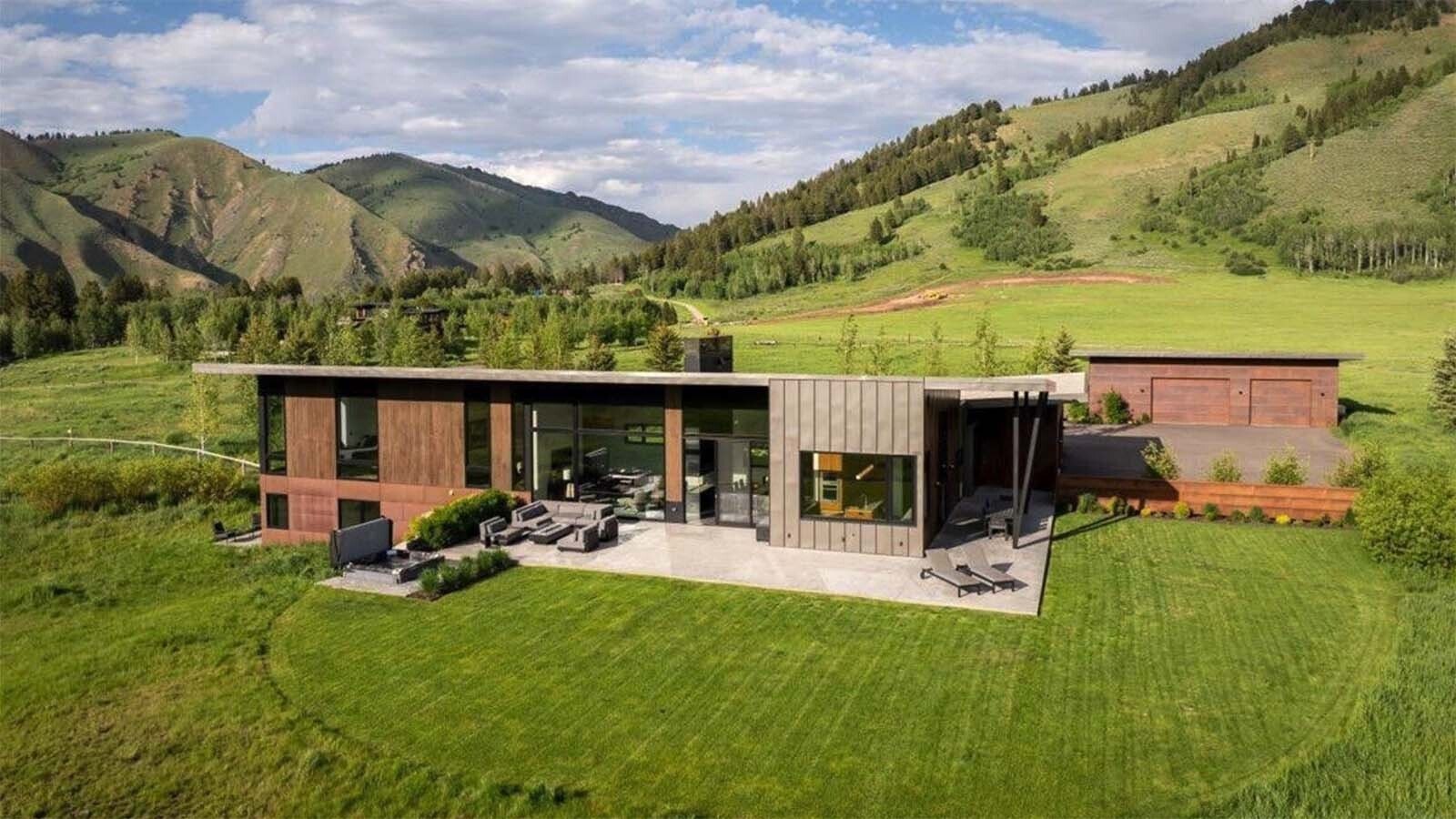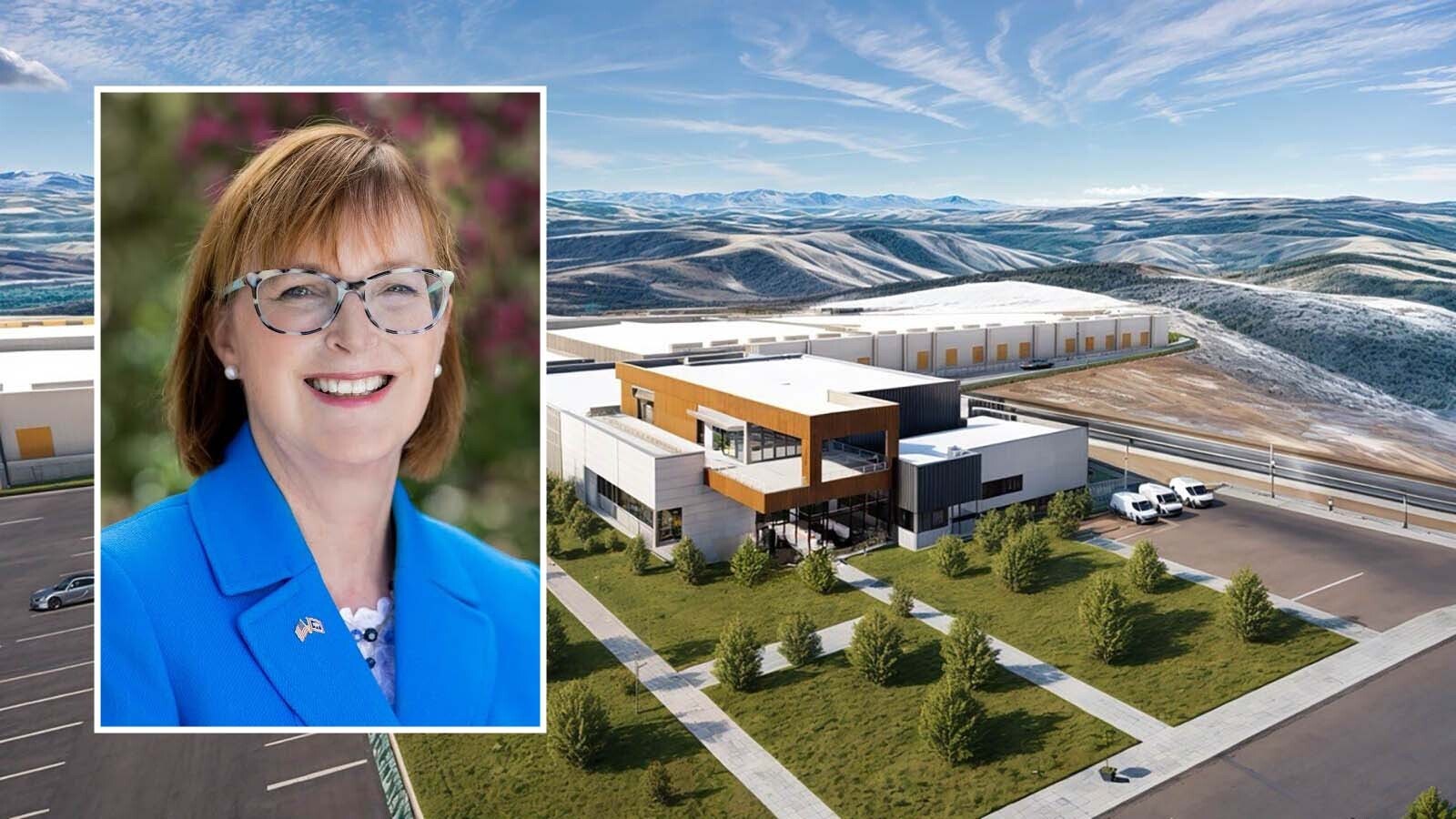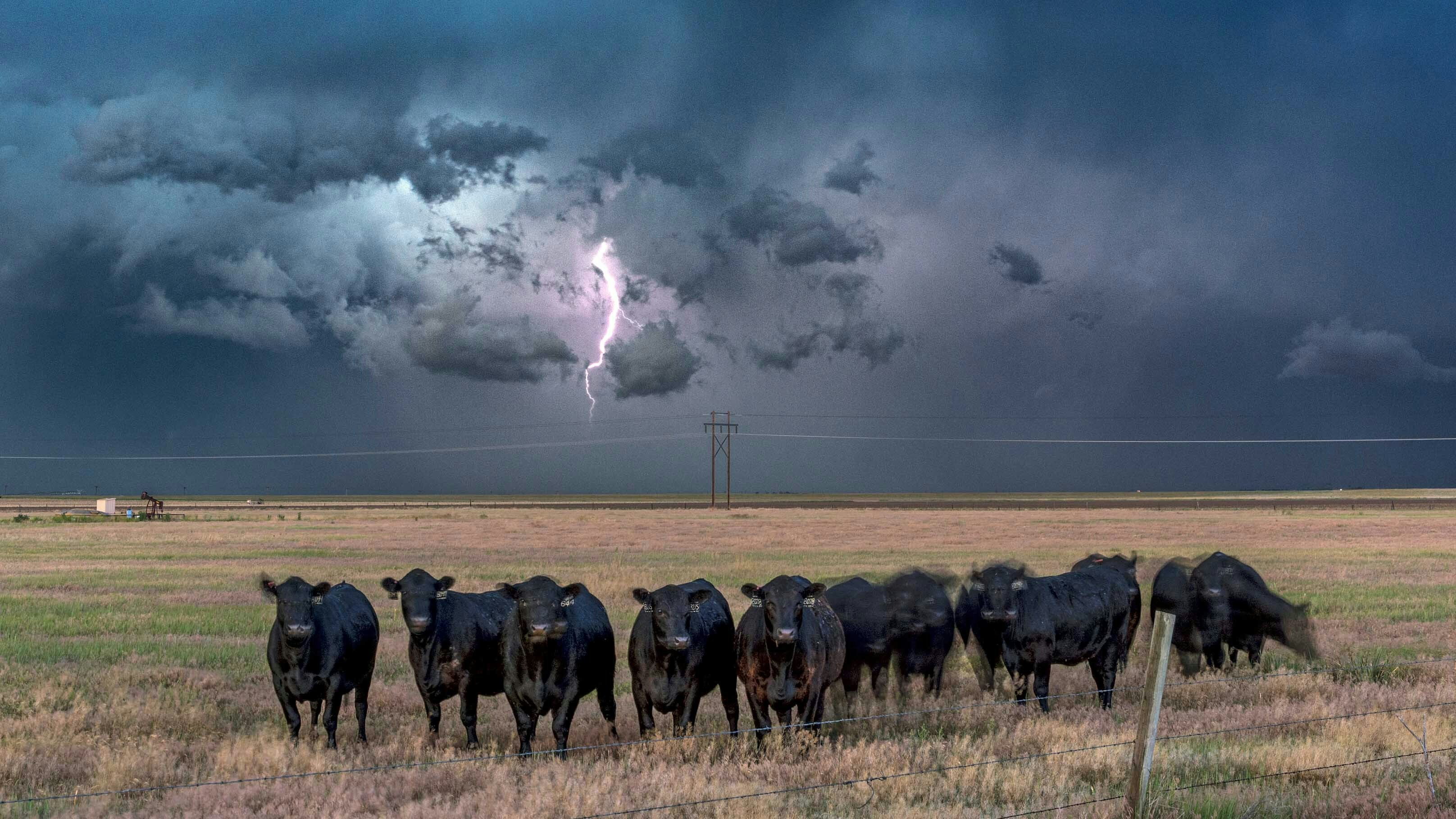A new model for economic boom towns and counties has emerged in the last five to seven years, and Teton County is leading the pack.
That’s according to a new study of wealth-attracting counties by Teton County’s Jonathan Schechter, a Jackson town councilman and an economist by trade.
The complete study is part of Schechter’s most recent Cothrive newsletter, which looks in-depth at where wealth decided to go from 2018 to 2022, a period that brackets the COVID-19 pandemic.
“Originally, my question was trying to look at our low snowfall to see what effect that had on the economy,” Schechter told Cowboy State Daily.
But as he played with the numbers and data sets, he started to find interesting trends that led him off in a new direction.
In the first iteration of that, Schechter started by looking at basic population, income, and jobs data for every U.S. county from 2018 to 2022 and asking whether income growth correlated well with population growth.
It did not.
From that data, though, Schechter could see that Teton County, Wyoming, was leading the pack in per capita income growth for the period at a whopping 89%, putting it way ahead of every other county.
Teton County is, in fact, the wealthiest in the nation at a whopping $406,054 per capita income in 2022.
Further examination of the data sets showed that Teton County not only led the nation in per capita income growth for the period — as it has done for every year since 2004 — but it also led in both per capita income and the four-year growth rate.
The only other county to do both of those things in the same year was New York City in 1998.

Great Outdoors Largest Driver
Schechter decided to isolate those counties that had both per capita incomes of $100,000 or more and at least 40% growth in per capita income during the period.
What popped out were 10 counties that he calls wealth-attractors, with Teton County again in the lead on both factors.
“These were the places where, during COVID, people who could afford to live anywhere were choosing to live,” Schechter wrote in his newsletter.
The surprising thing about those counties’ economies, Schechter said, was their main economic driver. Eight of the 10 were strongly linked to the natural world.
Six of these “Outdoors 8,” in fact, had the biggest growth in per capita incomes.
There were just two economies driven by something else — San Mateo in California and Denver in Colorado. Their economies were more driven by tech than outdoors, according to the economic data Schechter examined.
This outdoors connection is a departure from previous economic boom times, Schechter said.
From 2014 to 2018, for example, the drivers for wealth attractors were mostly tech-related.
In 2010 to 2014, most wealth attractors were associated with hydrocarbons and hydraulic fracturing — North Dakota and Montana communities in the Bakken, for example, and locations like Midland and Hartley in Texas or the North Slope in Alaska.
All of those boom communities, meanwhile, settled into a new normal, Schechter said in his newsletter, meaning the booms had lasting impact on their population and their economic bottom lines.
Virtual Suburbanization
“When I tried to reason out what might be going on (with 2018 to 2022), two explanations that came forward were the natural world/recreation, and perhaps offering perceived safety from COVID,” Schechter said.
And part of what has enabled that shift was technology, Schechter concluded. People aren’t bound by a particular community for a job that sustains their lifestyle anymore. More people of means can now move wherever they want to live, and then work remotely.
And the places where people of means seem to want to live the most are those that offer a strong connection to the natural world, like Wyoming.
“This is a process of virtual suburbanization,” Schechter suggested, similar to the wave of suburbanization that followed World War II.
At that time, economics, technology, and changes in values allowed people to move out of cities to areas around the cities where they worked.
“People felt as if that was providing them a better life than they could get in the urban area,” Schechter said. “And it also became increasingly easy and increasingly acceptable for people to live in places outside of an urban area, while still doing work related to that urban area.”
Now with technology, people can move even farther away from the cities where they work.
“It’s that same motive of looking for a better life,” Schechter said. “And all these different factors have come together to allow places like Jackson to ignore geographic barriers to living the life you want and earning the money you want.”
But physical suburbanization is also happening as a result of the trend for the Jacksons, the Aspens, the Tellurides, the Moabs and other such places, Schechter added.
“People who’ve been living in Jackson see a condo and then look to Teton County, Idaho, or Lincoln County, Wyoming, and say, ‘Hey, for the same money I can have a house with some land and what have you,’” he said. “They’re making a tradeoff by moving away. They’re getting more land and more space, but they’re committing themselves to a commute.”
Canary In The Modern Coal Mine
The trends that are taking off today were likely already present in 2018, but the COVID-19 pandemic taught a large group of people all at once how to use the technology that makes remote work possible.
“(The pandemic) was an accelerant on a fire that was already burning,” Schechter said. “And that has also, in turn, accelerated a process of physical suburbanization of the communities around these wealth attractors.”
The influx has already presented a lot of growing pains for Teton County, Schechter acknowledged, among them a dramatic rise in property values as well as the taxes due from them.
It’s also sucked the available affordable housing out of the market like a high-powered vacuum.
“The workers are the canary in the coal mine of problems this has created,” Schechter said. “Those of us lucky enough to own homes, our property values are much higher — which is nice. But I can’t do anything with the increase in paper wealth.”
So, while paper wealth may have blown up for Teton County residents, annual incomes haven’t necessarily done the same. And it is from income that property taxes are paid.
That reality has already forced people to leave Teton County, Schechter said.
Meanwhile, the bidding war has extended to rentals as well, further driving up housing costs and driving an outflow of workers to surrounding areas.
“Jackson ranks top 10 of all counties in terms of proportion to tourism-related jobs,” Schechter added. “When the entire business model (for tourism) is based on hiring a lot of people and paying them a relatively low salary, something’s got to give. And that’s something that our tourism industry — that’s the biggest challenge it faces going forward.”
Also challenging, Schechter suggested, will be protecting the resource that’s attracting all this wealth to Teton County.
Ripple Effects Are Spreading Across Wyoming
The remote work trend that’s driving up property prices isn’t confined to Teton County, Schechter added.
“At a certain level, Jackson Hole has served as the gateway drug to the rest of Wyoming,” he said. “People recognize you can have a good life here, but perhaps it’s too expensive. That opens their eyes to the fact there are a lot of other great places in Wyoming. And, so as pressures grow here, population grows in a lot of other places, so many places are sharing in this increase in property tax values.”
Schechter doesn’t have an opinion on property tax reform measures that worked their way through the Legislature this year, but he does feel the trend highlights issues that are important for policymakers to consider for the future.
“We have a 20th century model of funding our state in the 21st century, and its problems are manifesting themselves left and right,” Schechter said. “Whether it’s a reliance on fossil fuels or a property tax system.”
That’s a much larger question, Schechter added, but it’s food for thought for the future.
“If we go back and look at how we fund government, it dates back into the 1900s,” Schechter said. “And we’ve certainly moved on and changed a lot since then. But we still have a funding mechanism connected to the economy of the state of 75 years ago. And that’s creating problems for the state as a whole.”
At the time the current system was set up, the predominant industries in Wyoming were agriculture, mining and timber.
“The economy today is much broader and more diverse, and is only going to become more so,” Schechter said. “Here in Teton County, only about 15% of the entire economic activity is subject to sales tax or otherwise funding government. Eighty-five percent is not, and that 15% is growing smaller by the year.
“That’s madness. And it’s madness from the perspective of those businesses that are subject to sales tax, because it puts ridiculous amounts of pressure on them. And it’s madness in terms of overall fairness.”
Changing that, Schechter suggested, is going to take “time and effort and a lot of tussling to pull ourselves into the 21st century.”
That’s got to include an in-depth look at what citizens want government to be and do, as well as a look at the modern economy and how best to leverage that to fund government services in a way that’s equitable, he said.
“And we don’t seem willing to do that,” he added. “We’d rather get into small tussles over relatively small things.”
Renée Jean can be reached at renee@cowboystatedaily.com.







